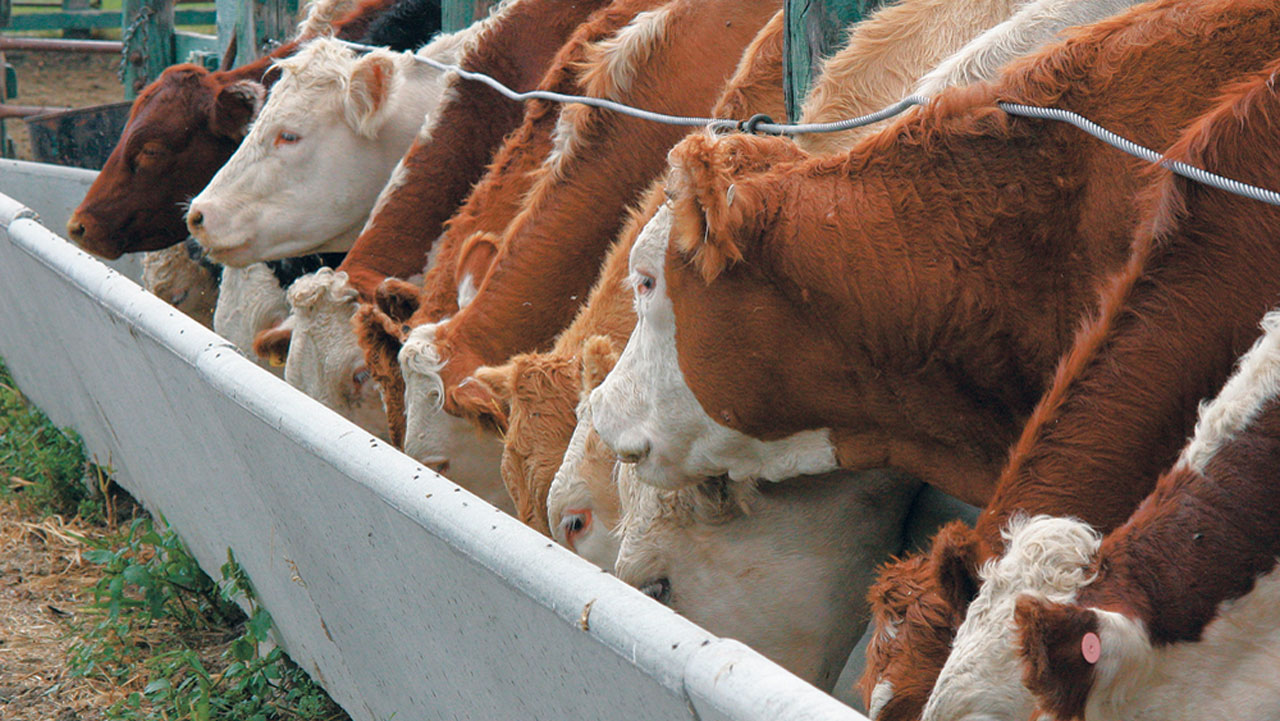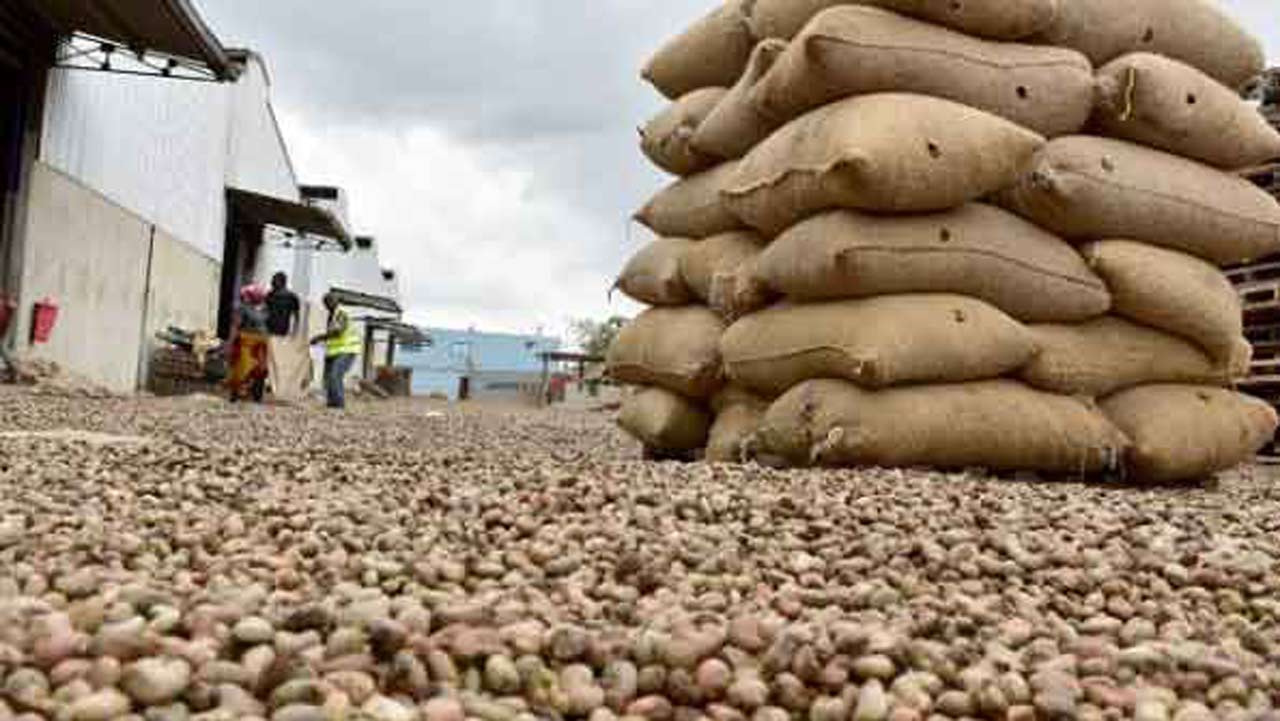
The pumpkin is popularly known as ugu. It is a native plant of West Africa and is mostly grown and consumed in the southern part of Nigeria. It is increasingly becoming more popular among other Nigerians who have known that the vegetable is full of essential nutrients. Common names for the plant include fluted gourd, fluted pumpkin, ugu, and ikong-ubong.
It is one of the most popular in the country. Consuming fluted pumpkin leaves comes with many natural benefits. Ugu posses a large amount of iron content, and serves as an immune booster.The leaves also have blood sugar reducing effects and can be included in the diet of diabetics.
Land preparation
To plant any crop, the soil needs to be prepared. Fluted pumpkin farming does well on a sandy-loamy soil. A farmer needs to clear the land, till the soil either mechanically or manually, for roots penetration and proper germination of the seeds.
“Most people make beds for the vegetable. This is very good. Some people don’t bother to raise beds, which is not bad, depending on the kind of soil and the environment. In a place like Akwa Ibom State, beds may not be necessary,” said Adelolu, “but for proper management, raising beds will be very useful.” She advocated organic production by using compost manures.
Planting materials
Seeds of the vegetable are grown into seedlings in a nursery and are transplanted into the growing fields. The pod bearing the seeds are harvested at the end of a cycle, the seeds are extracted and dried for a day or two. They should not be over-dried to preserve the viability of the seeds. The drying of the seeds helps them to be resistant to pests that could have eaten them up in the soil. It also prevents them from rotting.
“Don’t dry the seeds that have already sprouted, the sun will dry them up. Or you can easily just buy pumpkin seedlings from nurseries owners. During planting seasons, pumpkin seeds can be as cheap as N100 or N200, but during non-planting seasons, it is as high as N500,” said the farmer.A farmer can also make money selling the seedlings by buying several seeds and establishing a nursery. Households can also be helped to establish backyard automated irrigated gardens.
Planting of pumpkin
Farmers will always sell the vegetable irrespective of the season you plant. It requires little experience to start. A farmer will make good returns because he can plant three times in a year.Affirming the profitability of cultivating pumpkin, a commercial farmer, Mrs Rachael Adelolu disclosed to The Guardian that she had been farming, and selling the vegetable for 28 years in Oshodi area of Lagos State because it is sustainable, income-generating and less stressful.
“The ideal planting season of fluted pumpkin is between April and May, because during this period, the rains are minimal. After dressing the soil, the next thing to do is to plant. You should plant the seeds two to three feet apart. This should be done very early in the morning or late evening. You can also plant when the weather is cool and calm. Plant two to three seeds per hole,” one Mrs Nkechi Uwasomba, an experienced vegetable farmer, advised.
“Dig a hole of 4-5cm into the soil and plant the seed with the tip facing down. Cover the seed with a little sand; be sure the ugu is well covered to avoid exposure to the sun. After 10 days, place a stick of 1m-2m heights close to the pumpkin seed. The plant will climb around the stick while growing. It is better to use a stick because the plant will grow better when it climbs around something. An acre will require roughly 4,000 seeds,” advised the farmer.
Irrigation of pumpkin plants
After planting the seeds, start irrigating (watering) the farm and its surroundings every two days, morning and evening.
Irrigating or wetting with water might not be necessary in the rainy periods, but during dry seasons or droughts, intensive irrigation is required. This means you need a source of water either, well or bore hole depending on the resources at your disposal. Pumpkin plants require frequent watering to stay growing and green.
Weeding/pest control
Weed prevention methods of mulching, herbicides, as well as manual weeding would be required to maintain the pumpkin farm. Mulching means covering the farm with nylon, sawdust, or other materials to increase moisture and suppress weeds infestation. Early weeding is the best thing to do if herbicides and mulching are not applied. When weeding is delayed, the leaves will turn yellowish because the weeds will always feed on the nutrients on the soil too.
“The use of manual method is preferred due to the crawling nature of pumpkin. It always covers the ground where staking is not used. In this case, the vegetable suppresses weeds as they grow into maturity. Care must be taken not to trample on the pumpkin plant during weeding. Most diseases that affect pumpkin are airborne and most of the insects are boring ones. An example is caterpillar. Insecticides should be used in recommended quantity for pest and insect control, strictly following instructions on usage. You must protect your pumpkin farm from goats and other herbivores by proper fencing of the farm.
Soil fertility boosting
Livestock or poultry compost manures are usually applied on the soil before planting, after four weeks and after six weeks.For those who want to use inorganic fertiliser, they should apply after planting and wait after adding the fertiliser for eight days before harvesting to avoid food poisoning. However, the organic fertiliser has proven to be more economical and safer than inorganic one. Since harvesting is done daily or weekly, depending on the size of the farm, there is need to give the soil enough nutrients so that the pumpkin can keep growing well.
Maturity and harvesting
With adequate water, pumpkin germinates 10 days after planting. Farmers can start harvesting two to four weeks after planting or when the stems are long. Framers should use hands or knives to cut the stem a little distance away from the bottom of the stem. Position your hands where you have the nodes and cut. The pod is ripe for harvest when the tendrils are dried; sometimes they fall off on their own. With a lot of water and manure, the vegetable would do well, and much could be made in the dry seasons.
Economics of pumpkin cultivation
Pumpkin is one of the most consumed vegetables in Nigeria. An acre size of the vegetable farm is capable of turning in about N500,000 in a cycle of four months and it will take you less than N100,000 to cultivate.However, strategic marketing to hotels, eateries and hostels could make the farming more profitable than selling through the middle women.[ad unit=2]






